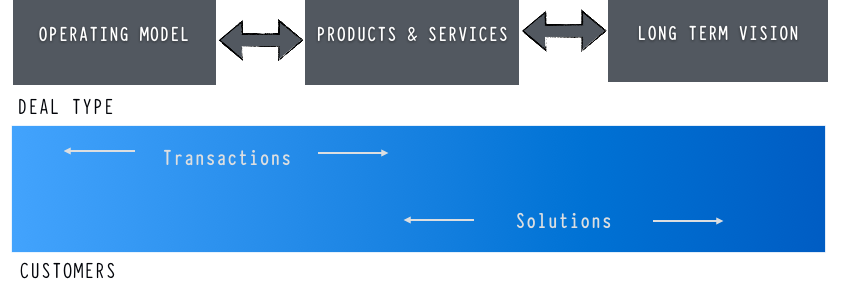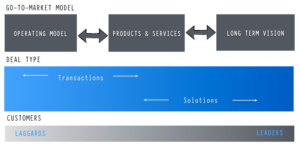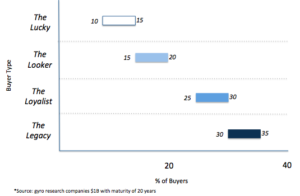Marketers, channeling their inner Maverick (Tom Cruise’s character in ‘Top Gun’) often find themselves thinking “I feel the need, the need for speed” but are plagued by internal speed bumps and stop signs. Little do they know that buried in Jeff Bezos’ annual shareholder letter is an approach for helping them accelerate marketing efforts, and navigate past internal road blocks.
Working with hi-tech clients, I learned the necessity for quick execution. Pipelines must be filled, leads progressed and converted, and quotas achieved. IBM had two “mantras” when it came to accelerating marketing execution. The first was the rule of “70%” and the second was “Fail Fast.” Once you had roughly 70% o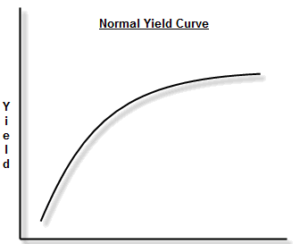 f what you needed (information, insight, etc.) to execute you then got into the market, letting the results refine your program and thus quickly course correcting. Built on the idea of the yield curve, the greatest gains in progress were made during the first 70% of effort, refining the remaining 30% being too costly and time consuming.
f what you needed (information, insight, etc.) to execute you then got into the market, letting the results refine your program and thus quickly course correcting. Built on the idea of the yield curve, the greatest gains in progress were made during the first 70% of effort, refining the remaining 30% being too costly and time consuming.
“Failing fast” was built on the idea of quickly testing “concepts” or theories. If IBM wanted to experiment with something new or different it would construct tests to quickly measure results to either scale or kill the program. These two guide points have influenced my thinking over the many years.
So it was interesting to see Jeff Bezos picking up on these same principals in his annual shareholder letter. Except he added his own twist. In his letter he warns of becoming a “Day 2” company. He defines Day 1 companies as obsessed with customers, skeptical of proxies, eager to adopt new external trends, and perhaps most importantly, their ability to make high velocity decisions. For him, Day 2 companies become static, quickly becoming irrelevant and out of business eventually. The key to staying in “Day 1” is the ability to move quickly, experiment patiently, accept failures, and “double down when you see customers delight.”
Bezos believes that there is no “one-size-fits-all” to decision making but rather “two-way doors” where decision can be reversed. Those decisions in his words use a “lightweight” process. It starts with what he phases as “disagree and commit.” Given the growing number of stakeholders in the decision-making process, could this be the secret marketers have been searching for to eliminate speed bumps?
As Bezos describes it, “If you have conviction on a particular direction even though there’s no consensus, it’s helpful to say, ‘Look, I know we disagree on this but will you gamble with me on it? Disagree and commit?’ By the time you’re at this point, no one can know the answer for sure, and you’ll probably get a quick yes.”
Giving the success of Amazon, this is a piece of advice we should all heed. For marketers, the key to making this approach work is “conviction.” It means doing your homework, having the facts to support your point of view, and the courage to take a risk. Going fast brings with it the risk of failure, but as Bezos states “being wrong may be less costly than you think, whereas being slow is going to be expensive for sure.”
And Mr. Bezos knows a thing or two about flying fast. On the day he released his annual shareholder letter, Amazon stock closed over $900, up 50% over the year. Need any more proof that this “maverick” got it right?

 nal to pull your hand away from heat originate? If your answer is the brain, you’ve already been burned. Instinctively, we pull our hand back without conscious thought, because the response to the stimulus takes a short cut and originates in the spinal cord because of the need for quick action.
nal to pull your hand away from heat originate? If your answer is the brain, you’ve already been burned. Instinctively, we pull our hand back without conscious thought, because the response to the stimulus takes a short cut and originates in the spinal cord because of the need for quick action. I posted this on LInkedIn last month. Surprised by the response, so I thought I’d share it here.
I posted this on LInkedIn last month. Surprised by the response, so I thought I’d share it here.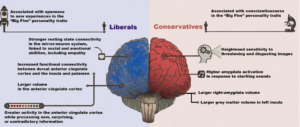
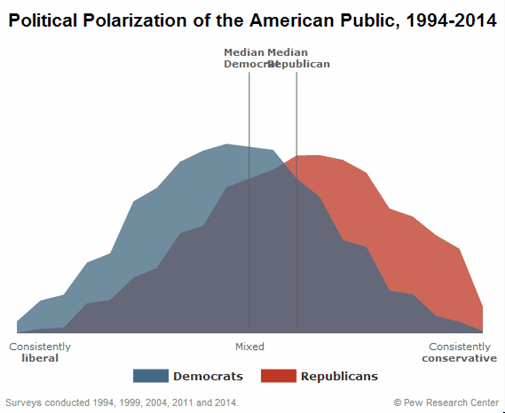

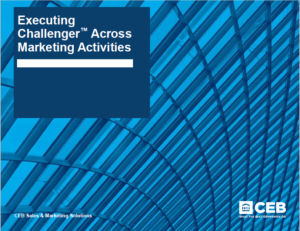 Pat and I shared our key learnings on executing Challenger across a multitude of marketing activities: customer understanding, marketing messaging, content strategy development, content and sales tool production, and lead generation.
Pat and I shared our key learnings on executing Challenger across a multitude of marketing activities: customer understanding, marketing messaging, content strategy development, content and sales tool production, and lead generation.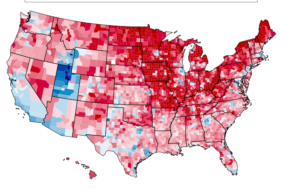
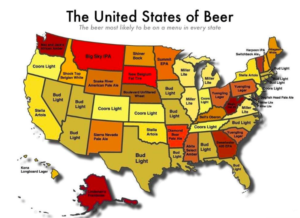
 became a lightening rod for comments both supportive and critical of the theme. Bud fans seemingly upset at what they see as Budweiser making a political statement.
became a lightening rod for comments both supportive and critical of the theme. Bud fans seemingly upset at what they see as Budweiser making a political statement.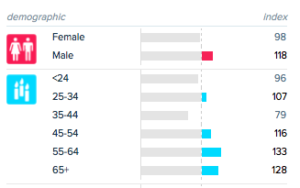

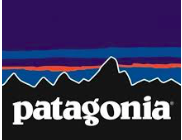 I am an “all-in” fan boy of the Patagonia brand. In my opinion, Patagonia is THE most authentic brand in the world. “
I am an “all-in” fan boy of the Patagonia brand. In my opinion, Patagonia is THE most authentic brand in the world. “
